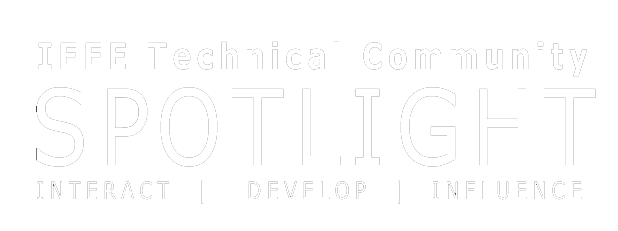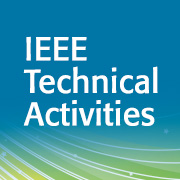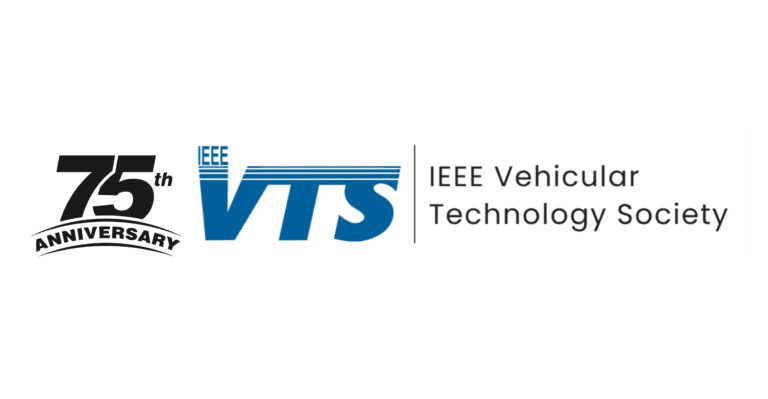John P. Verboncoeur, IEEE Vice President of Technical Activities, discusses the growing impact of open access and how IEEE continues to adapt and evolve

As a growing number of authors in the STM community increasingly choose to publish via gold fully open access options to increase the visibility of their research to more users and optimize impact, IEEE is making important strides to provide a broader portfolio of open access options for these authors. By growing and adapting our portfolio in this way, it enables IEEE to continue to fulfill its mission and vision to drive global innovation through broad collaboration and the sharing of knowledge. IEEE’s ability to adapt is more important than ever today as, according to a recent report from the STM Association, more than a third of all global research articles are now published open access. The report goes on to state that.the percentage of newly published articles made available via gold full open access between 2012 and 2022 has increased from 9% to 35%, an almost four-fold increase.
IEEE works to support all authors globally with more choices
As these trends continue to evolve, IEEE has worked to rapidly expand opportunities to publish for our authors and meet author needs by providing new pathways to publish OA and developing new initiatives that support open science. IEEE recognizes that many authors prefer to publish OA to optimize the visibility of their research or have a need to meet the requirements of research funder mandates. Since IEEE strives to support all authors and readers globally, we aim to offer any author a publication venue that is compliant with their circumstances, regardless of their funding status, the publishing mandates they may have in place, or where in the world they may work.
IEEE launches new open access options for authors
In 2020, in an effort to meet the evolving needs of authors, IEEE launched new fully open access journals in a wide range of technologies including biomedical engineering, computing, nanotechnology, power electronics, telecommunications, vehicular technology, and more..This is in addition several other existing open access titles such as IEEE Photonics Journal and IEEE’s most popular interdisciplinary OA journal, IEEE Access. IEEE has continued to rapidly expand this portfolio and today offers more than 30 fully open access journals, in addition to over 170 hybrid journals that offer an open access option. With all of these options in place, IEEE has reached a milestone of over 1 million open access articles published in 2023.
Maintaining journal quality in the open access model
One of the concerns stated in some circles of the scholarly community related to the open access model is the question of maintaining journal quality. The concern is that the typical gold OA model requires an author to pay article processing charges (APCs) to publish OA and that this may incentivize some publishers to publish a much greater quantity of articles to optimize revenue. This type of behavior could in turn diminish the overall quality of the corpus of scientific literature available to the research community. In fact, in a recent article from Science, it was announced that nearly two dozen journals from two of the fastest growing open-access publishers will no longer receive a journal impact factor, one of several key metrics used to evaluate journal quality.
When IEEE launched its new open access journals, we listened to these concerns and took action to ensure the proper safeguards are in place to protect journal quality, regardless of publishing model. Independent editorial boards were developed for each journal to drive IEEE’s commitment to publish high-quality articles and breakthroughs in technology innovation. Each new open access journal is required to follow IEEE’s established high standard of peer review and publishing principles, drawing on expert technical communities to continue to meet or exceed the same high quality as our premier subscription titles.
In addition, IEEE continues to build an integrated ecosystem with other publishers to scale up the detection of research misconduct in scholarly publishing. This commitment helps IEEE to maintain the health of the scholarly record, uphold publishing ethics and the detection of research misconduct.
IEEE’s commitment to quality shines through
As a result of the commitment to quality, IEEE’s open access publications have made significant strides in a very short period of time to meet IEEE quality standards. In June 2023, IEEE announced that 12 of IEEE’s new fully open access journals were accepted into the Web of Science Core Collection™ by Clarivate and received their first Journal Impact Factors according to the 2022 Journal Citation Reports (JCR) from Clarivate, released in 2023. According to Clarivate, the Web of Science Core Collection™ follows a unique selection process conducted by expert in-house editors using a set of 24 quality criteria designed to select for editorial rigor and best practice at the journal level. The IEEE journals listed above successfully met this set of quality criteria within just a few short years of launch and were entered into the Clarivate Emerging Sources Citation Index™ (ESCI).
In addition, the JCR study reveals that IEEE hybrid journals, all which all offer an open access option to authors, continue to maintain rankings at the top of their fields based on key methods of citation measurement including Impact Factor, Eigenfactor and Article Influence Score. In fact, IEEE has 15 of the top 20 journals in Electrical and Electronic Engineering, 10 of the top journals in Telecommunications and 5 of the top 10 in Artificial Intelligence by Journal Impact Factor. IEEE Access, IEEE’s largest fully open access publication, is ranked as the No. 1 journal by Eigenfactor in Electrical Engineering and Telecommunications.
IEEE’s support and commitment to open science
IEEE is continually working to develop more tools, services, and publication opportunities for authors and researchers to help increase the exposure of their work. To that end, IEEE has also introduced the following open science initiatives to further support researchers and enable greater discoverability of their research:
- TechRxiv™ – a free preprint server for unpublished research to help authors share early results and discoveries ahead of formal peer review and publication
- IEEE DataPort™ – an online platform that enables researchers to easily share, access, and manage datasets in one trusted location, with an option to post open access
- Code Ocean – an easy-to-use platform in which users can share and run code in the cloud to enable reproducibility of results
Compliance with funder mandates
In addition, IEEE recently committed its full portfolio of more than 170 hybrid journals to transformative status, enabling any Plan S funded author to publish OA in any hybrid title.This transition to Transformative Journal status is another demonstration of IEEE’s ongoing commitment to working with institutions and funders to provide sustainable open access publishing opportunities to authors that allow for a wider dissemination of knowledge and enables authors to maximize exposure of their research.
IEEE forms transformative open access agreements with Institutions
Finally, I wanted to note that IEEE offers flexible open access programs designed to make it convenient for institutions to support and manage costs for authors and simplify the publishing process by paying for APCs in advance. IEEE now has new options for any size organization, designed to make it easy for institutions to assist their authors and demonstrate their support for open access. You can view a list of approximately 500 institutional agreements on IEEE Open to find out if your institution has an agreement with IEEE.
As you can see, IEEE has expanded its open access options significantly in recent years and continues with several new OA publications coming soon in 2024. This evolution is an indication of IEEE’s ongoing support and commitment to open science and in enabling all authors to continue to publish in the publication of their choice to share their research with the scholarly community.
For more information on IEEE open access solutions, please visit open.ieee.org.





